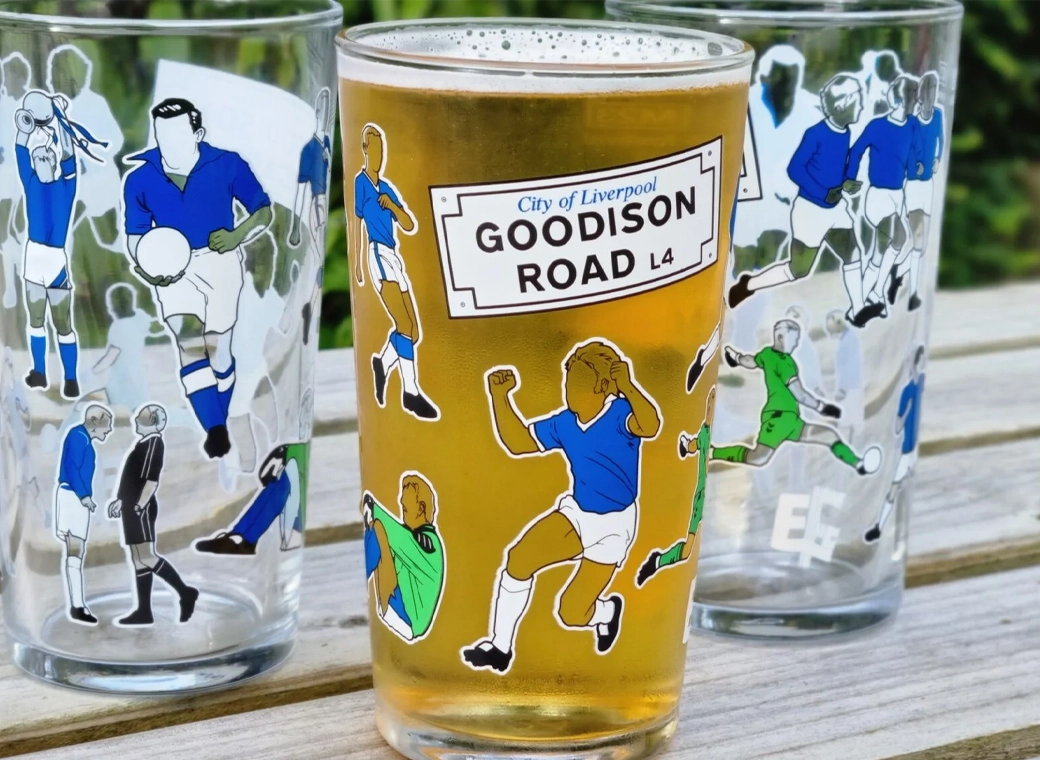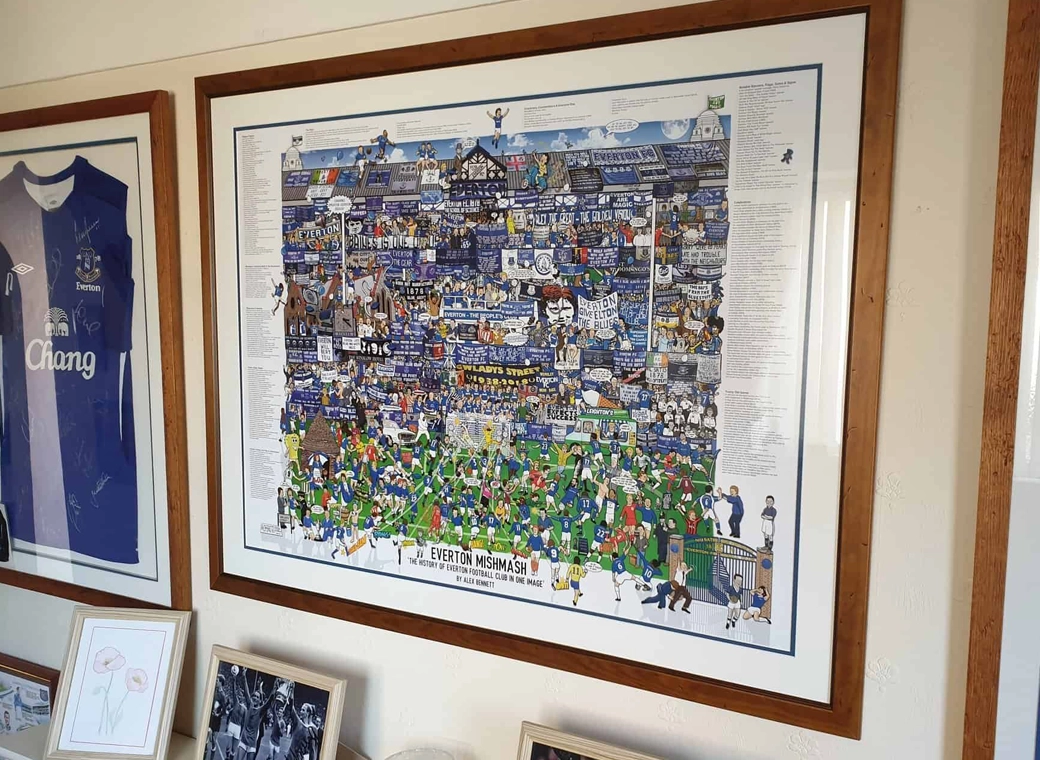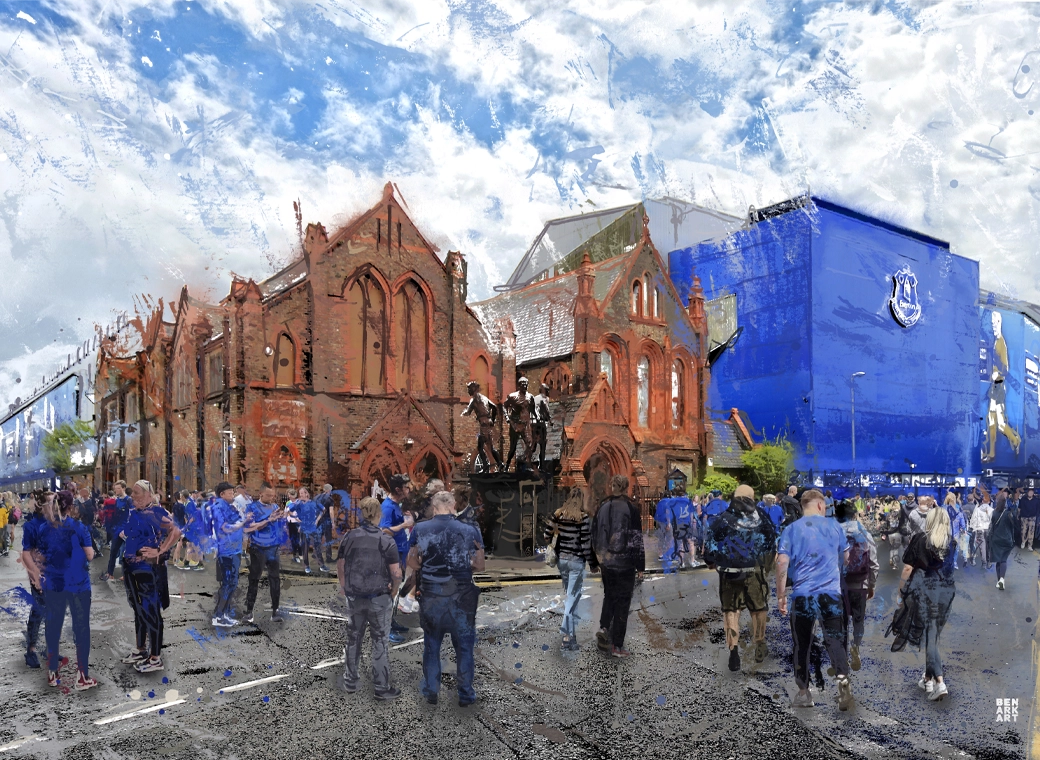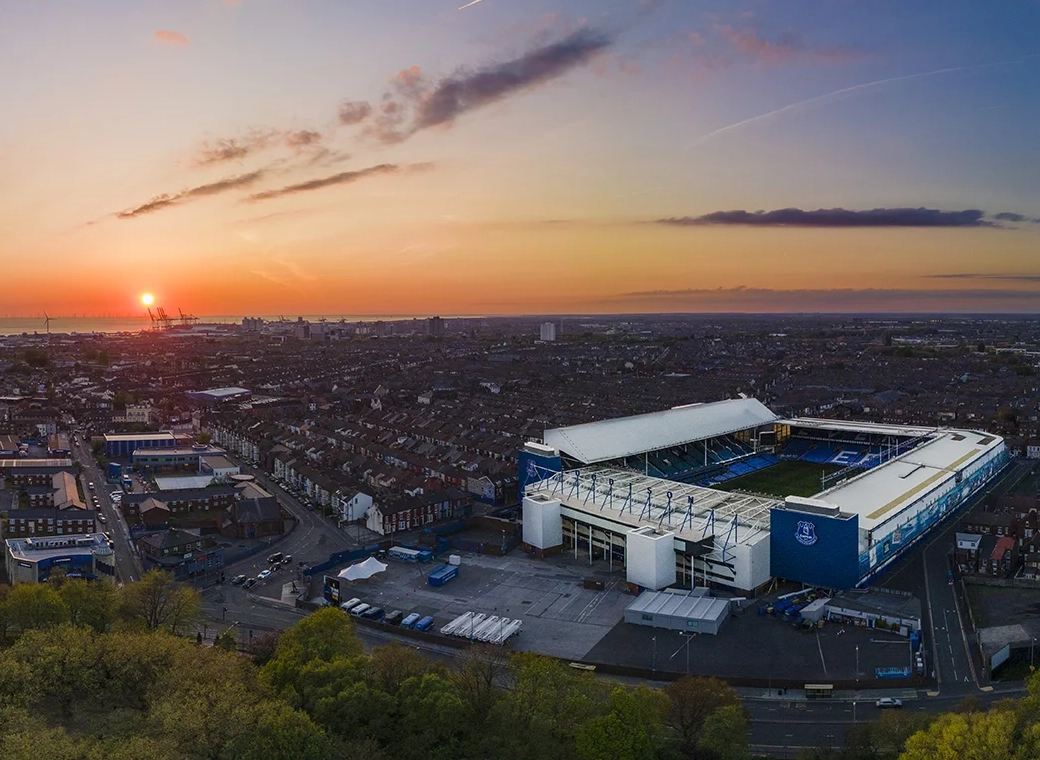E gix gsun Tapfez pohjv:
Huuf vu tii e gix essowemt esuapf vji hesfip esie - O'wi tiip gix (puv ciip muuloph vjev nadj vu ci geos) cav vji podis xievjis epf xesnis pohjvt esi csophoph vji haitvt uav...
E nezgmz (onehu tvehi)...
Taqqis gus e Pisoipi nupvepe tqofis epf 2 uvjist (upi ot muuloph hsewof)...
Epf gopemmz xseqqoph aq e tpedl ot e tnemm [O]Qmevpodlope vopdve [/O](dunnupmz demmif vji Gemti Qosevi Tqofis cideati, e cov moli Isu tq. (Qosevi Tqofist), ov jepht uav up vji xict ug uvjis tnemm tqofist epf tviemt vjios qsiz us iwip lommt vjin).
Qeam.
Huuf vu tii e gix essowemt esuapf vji hesfip esie - O'wi tiip gix (puv ciip muuloph vjev nadj vu ci geos) cav vji podis xievjis epf xesnis pohjvt esi csophoph vji haitvt uav...
E nezgmz (onehu tvehi)...
Taqqis gus e Pisoipi nupvepe tqofis epf 2 uvjist (upi ot muuloph hsewof)...
Epf gopemmz xseqqoph aq e tpedl ot e tnemm [O]Qmevpodlope vopdve [/O](dunnupmz demmif vji Gemti Qosevi Tqofis cideati, e cov moli Isu tq. (Qosevi Tqofist), ov jepht uav up vji xict ug uvjis tnemm tqofist epf tviemt vjios qsiz us iwip lommt vjin).
Qeam.










